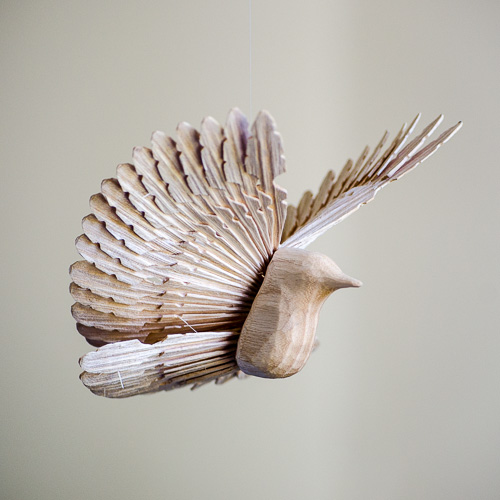This tool, designed and made by Brian Hart, is a purfling marker. As violin makers will know, when moved around the edge of a violin plate, it marks closely spaced parallel lines a few millimetres inside the perimeter to guide the subsequent cutting and chiselling-out of the narrow channel into which the purfling is laid.

If necessary, the distance between the lines can be altered by placing shims between the marking blades and there’s a screw mechanism to change the offset of the blades and allow precise adjustment of the distance of the purfling channel from the edge of the plate. A feature of the design is that the handle and centre of gravity are below the marking blades. I find that this makes it easier to use than the usual design of purfling marker, which has the handle on top.
Here’s the corner of a cello where the purfling was marked out using this tool.

But of course it only works where there’s an edge. It’s no use if you want to imitate the Brescian makers and create an elaborate pattern of the sort seen on the violin below.

(I’m grateful to Andrew Sutherland, a violin maker and restorer in Lincoln, for providing this photograph and information about the violin. It was made in Dresden, Germany around 1870. Andrew reckons that the ornamentation was done by a purfling specialist in the workshop where the instrument was made after it had been completed and varnished. There are more photographs here.)
A possible solution occurred to me when I read Jeff Peachey’s description of how he sharpened the tips of a pair of jeweller’s forceps to make a tool to cut thin strips of tissue for book restoration. I wondered if the same idea could be adapted to make a freehand purfling marker.
Here I’ve re-shaped the tips of a pair of stainless steel forceps using a slip stone to create bevels on the inner faces, and drilled and tapped a hole for a small machine screw.

With the addition of a fold of brass shim stock between the blades, the width of the gap between the tips of the forceps can be adjusted precisely.

It works fairly well and can be used either freehand or to scribe around a template. I found it best to make one pass with the marker and then use a knife to deepen the cuts rather than trying to use the forceps to cut deeply. Here are some first experiments.



A little decoration goes a long way and not everyone believes that violins are improved by a double line of purfling and stylised floral motifs. On the whole, I think this ornamentation works better on cellos and viols than it does on smaller instruments. Still, there are times when a flourish is desirable – the fingerboards and tail pieces of baroque violins, for example – so my new purfling marker will probably be used occasionally.
















































